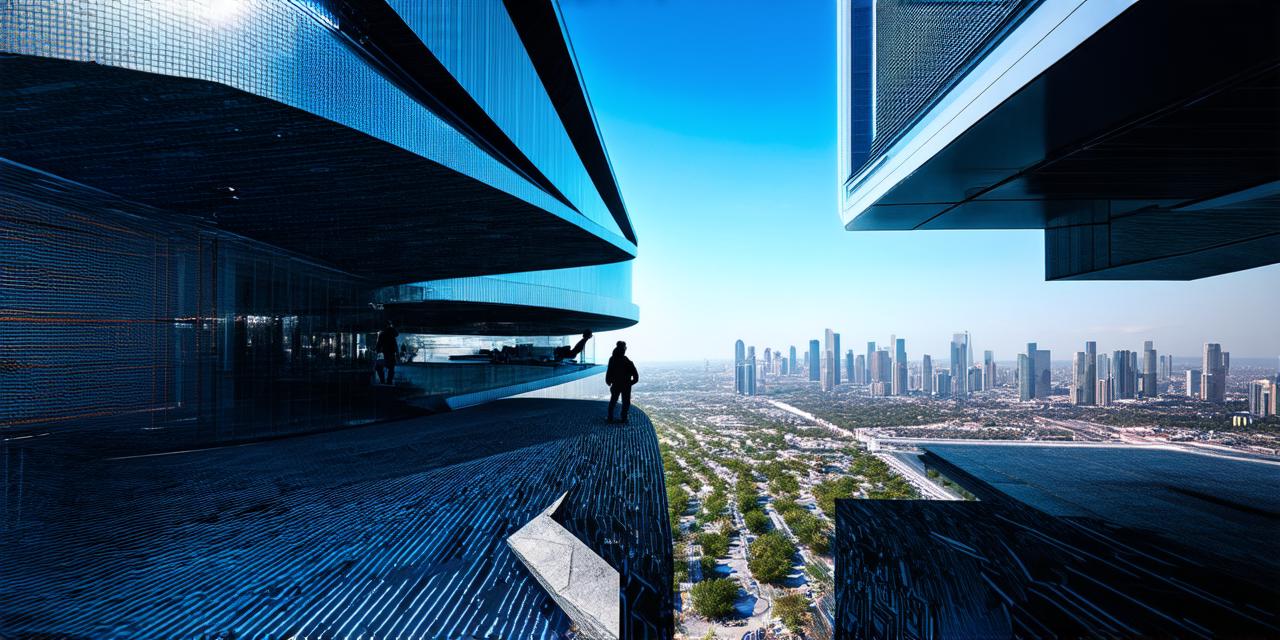Introduction
The real estate industry is constantly evolving to keep up with the changing needs and preferences of consumers. In recent years, mixed reality (MR) technology has emerged as a promising tool to transform the industry.
MR combines virtual reality (VR) and augmented reality (AR) technologies to create an immersive experience that blurs the line between the real and virtual worlds.
Case Studies
One of the most well-known examples of MR in real estate is the use of AR to visualize furniture and decor in a room. IKEA has developed an app called “Place” that allows users to see how different pieces of furniture would look in their home before making a purchase.
Another example is the use of VR to showcase properties to potential buyers or tenants. A company called “Virtual Staging” uses VR technology to create virtual tours of properties that can be viewed from anywhere in the world.
Benefits of MR in Real Estate
There are several benefits of using MR in the real estate industry. One of the most significant is the ability to create a more immersive experience for consumers.
By blending the real and virtual worlds, MR can provide a level of detail and interactivity that traditional methods cannot match. This not only makes the buying or renting process more enjoyable, but it also helps consumers make more informed decisions.
Another benefit is the ability to reduce costs for both developers and consumers.
By eliminating the need for physical visits to properties, MR can save time and money for both parties. Additionally, by providing a more immersive experience, MR can help reduce the number of returns or complaints about properties, which can save money in the long run.
Potential Challenges
While there are many benefits to using MR in real estate, there are also some potential challenges that need to be considered. One of the biggest challenges is the cost of implementing MR technology.
While the technology itself is becoming more affordable, integrating it into existing systems can be expensive and time-consuming. Additionally, there may be a learning curve for both developers and consumers who are not familiar with MR technology.
Conclusion
In conclusion, mixed reality technology has the potential to transform the real estate industry in significant ways. By providing a more immersive experience and reducing costs for both developers and consumers, MR can help make the buying or renting process more enjoyable and efficient. While there are some challenges that need to be considered, the benefits of using MR in real estate are clear, and it is likely that we will see more widespread adoption of this technology in the future.
FAQs
What is mixed reality?
Mixed reality (MR) combines virtual reality (VR) and augmented reality (AR) technologies to create an immersive experience that blurs the line between the real and virtual worlds.
How is mixed reality being used in real estate?
Mixed reality is being used in real estate for a variety of purposes, including visualizing furniture and decor in a room, showcasing properties to potential buyers or tenants, and providing a more immersive experience for consumers.
What are the benefits of using mixed reality in real estate?
The benefits of using mixed reality in real estate include creating a more immersive experience for consumers, reducing costs for both developers and consumers, and helping consumers make more informed decisions.
Are there any potential challenges to using mixed reality in real estate?
Yes, there are some potential challenges to using mixed reality in real estate, including the cost of implementing the technology and the learning curve for both developers and consumers who are not familiar with MR technology.



